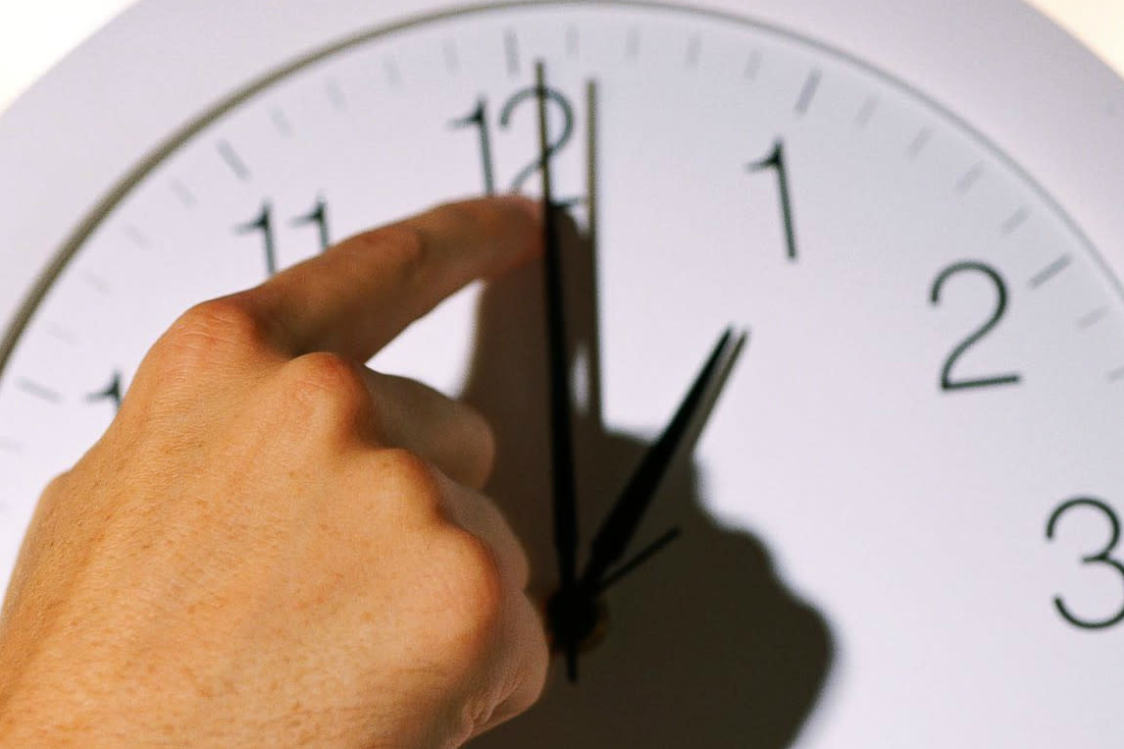The debate over the continued observance of Daylight Saving Time (DST) has persisted over the years. This article states why DST is still observed in the United States and examines the legislative efforts to make it permanent.
DST has been an ongoing practice in the United States for over 100 years. DST was initially implemented in 1918 to conserve energy during World War I, but it was repealed a year later due to protests by farmers.
While many states and municipalities implemented their version of DST after the repeal, the Uniform Time Act of 1966 standardized DST nationwide and the dates on when Daylight Saving begins and ends. In addition, it forbids the observation of permanent Daylight Saving Time, thus requiring an act of Congress to make this change. The nationwide DST standard was implemented due to the emerging broadcast television industry, which found it difficult to work within the patchwork time zones and standards.
Why Do We Still Observe DST in the United States?
1. Energy Conservation
One of the primary reasons for continuing DST in the United States is the belief that it helps save energy. By shifting our clocks forward in the spring and back in the fall, people are thought to use less artificial lighting and heating in the evening, thus reducing electricity consumption. While the energy-saving benefits of DST have been debated, reducing energy consumption remains a key consideration.
2. Economic Factors
DST is often associated with increased economic activity. Longer daylight hours in the evening encourage people to shop, dine out, and participate in outdoor activities, potentially boosting local businesses. As a result, some argue that the economic benefits of DST make it worth continuing.
3. Public Preferences
Many people have become accustomed to “springing forward” and “falling back” each year. Changing the system might be met with resistance from those who appreciate the longer daylight hours during the summer months.
Legislation to Make DST Permanent
Over the years, Congress has made several attempts to make DST permanent, eliminating the need to “fall back” in the fall. These efforts are rooted in a desire to provide more stability and predictability in timekeeping.
The Sunshine Protection Act of 2021 changed the Uniform Time Act by establishing November 5, 2023, as the date DST would become permanent. This bill was intended to make DST the standard time year-round, eliminating the need to switch between standard time and DST. The primary motivation behind this legislation is to reduce the disruption caused by clock changes and provide more daylight hours in the evening for outdoor activities. States would choose whether to be on Standard Time or Daylight Saving Time, but these changes would be permanent. However, this act ultimately failed because Congress ended the session without the House voting.
Conclusion
The debate over the observance of Daylight Saving Time in the United States continues to be a topic of discussion among policymakers, businesses, and the general public. While DST offers potential benefits, including energy savings and economic stimulation, its drawbacks include sleep patterns and circadian rhythm disruptions.
The legislative efforts to make Daylight Saving Time permanent reflect the desire for consistency and stability in timekeeping. Whether or not DST remains a part of our lives, it is clear that the debate over its relevance and utility will persist in the years to come.
Remember, effective communication and clear policy guidelines are essential when changing your company’s PTO policy. Solicit employee feedback to ensure the changes align with their needs and expectations while meeting business goals.
How can we help?
Most time clocks Time Equipment Company offers should automatically account for Daylight Saving Time. If you have questions, please contact us at (800) 997-8463 or support@timeequiment.com.










